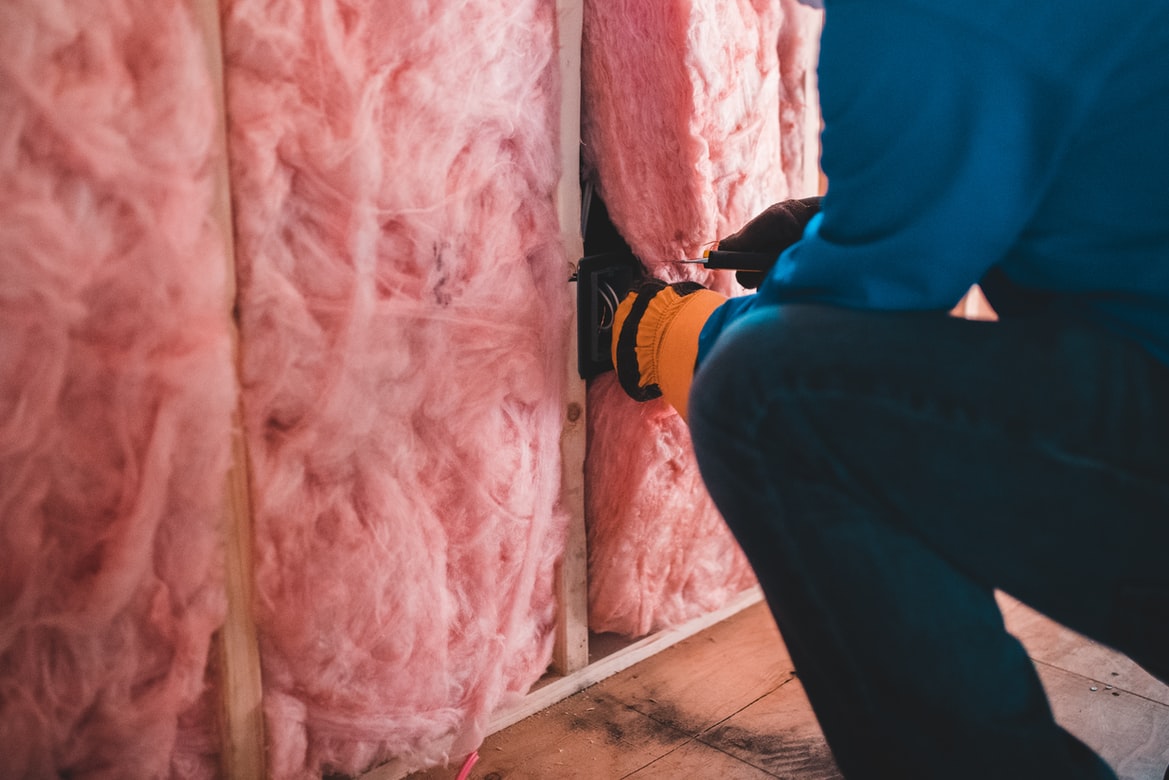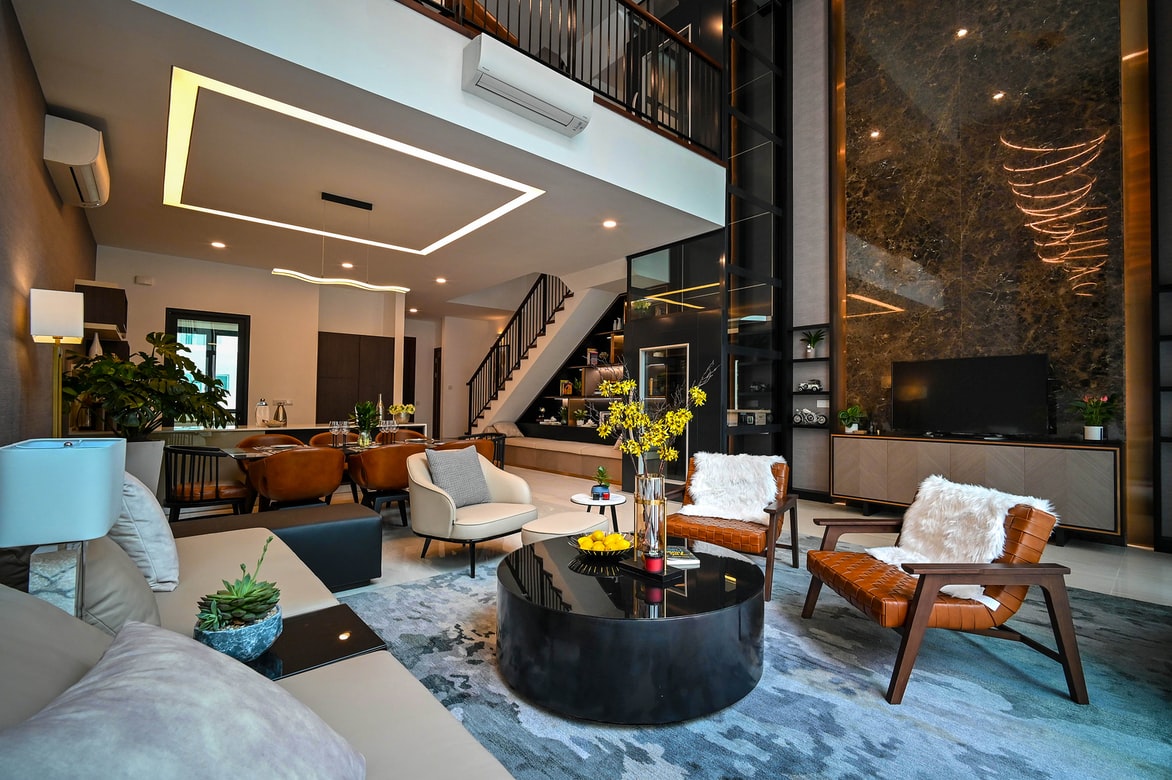Sustainable home improvements; benefits, savings and environmental impact
It is essential that all elements of your home improvements are chosen with their carbon footprint in mind – from materials, to furniture and decoration. In this guide we will be giving tips for sustainably making improvements to you home including:
- The best way to insulate your home
- Choosing sustainable materials
- Energy efficient glazing
- Eco-friendly furniture and décor

Image: Unsplash
Insulation, insulation, insulation
Uninsulated homes lose almost a quarter of their heat through the roof space (Energy Saving Trust). So, if you are planning to make any improvements to your home, and specifically, the loft space, it is really important that you insulate it to prevent your boiler working extra hard to keep the house warm.
Insulating your home can seriously save you a pretty penny on your utility bills as well as being eco-friendlier and reducing your carbon footprint. Research suggest you could save up to £245 per year by insulating different parts of your home – more money for Christmas presents!
There are even sustainable insulation solutions for example, ones which are made from cellulose fibre or recycled glass but if you wanted to go even further an insulation made from natural materials like sheep’s wool or hemp would mean less impact on the environment.
Use sustainable materials
Depending on the type of improvement you are planning on doing to your home will dictate how many additional building materials you need. For example, if you are planning a loft conversion, not many materials will be needed as you are not altering the structure of the house. However, if you are planning a kitchen extension then added materials will be required.
If possible, using reclaimed or FSC certified wood will ensure your carbon footprint stays as low as possible. This means this type of wood comes from sustainably managed forests where trees are replanted in replace of older trees. Sustainably managed forests contribute more to climate protection than natural forests as CO2 is stored in the rot wood of dead trees (Beyond Zero Homes).
You should also think about how the materials are disposed of at the end of their life. At FAKRO, we make our windows to ensure they last a really long time but you may have a change of heart and change your design plans for the room, therefore, choosing products that are easily recycled will mean your impact on the environment is much lower. Did you know that 14 million tonnes of waste are sent to landfill sites each year in the UK (Recycling Bins)? Well, with FAKRO windows, you can help to reduce that as 99% of our PVC windows are recyclable. For more information, download our Environmental Declaration here.
In 2015, permitted development states that any improvements made to the home needs to be in keeping with the rest of the materials used on the property. You should contact your local planning office if you think you live in a conservation area or could potentially have a listed building as there are some strict rules against home improvements on these sorts of properties.
Energy efficient glazing
High quality windows are hugely important in keeping your house as air tight as possible. Research suggests that 18% of the total heat within in a house can be lost through old windows and having a more energy efficient version can save you approximately £120-155 per year.
A roof window is the perfect way to bring natural light into your home with sustainability in mind. Something you need to remember when choosing a window is how low is the glazing’s U-value. U-value is a measurement of heat loss and the rate at which it is lost, so the lower the U-value the lower the carbon footprint of the window. Here at FAKRO, we have some of the lowest U-values on the market with our P5 triple glazed and U8 quadruple glazed windows.
Not only does the window provide energy efficiency through its glazing solutions – but also, by simply including windows in your home improvements, you will be using less electricity trying to brighten the space with indoor lights. Also, warmth will be brought in by the sun on colder days and there is natural ventilation in the warmer months, meaning less energy is used to heat and cool the space throughout the year.
Eco-friendly furniture and décor

Image: Unsplash
After all the building work has taken place, you can now focus on the furniture and décor (the fun bit!). If you have any form of running water in your home improvements then opting for low-flow taps, showers and low-flush toilets are the best way to keep sustainability in mind whilst still going for stylish solutions. Low-flow taps can save 2L of water every minute according to One Flare which helps to reduce water wastage both for the planet and for your utility bills.
Once again, sourcing reclaimed materials can help to keep your eco-theme going – with reclaimed timber and tiles and natural wool carpets widely available.
Lastly, indoor plants add colour and style without harming the environment. Plants also improve the quality of air in your home so you can be confident you are living in a healthy, sustainable home.
If you would like any support on which are the best windows to choose to ensure you are doing your bit in the climate change fight then please contact us here.






